Chongqing's new Industrial Museum bridges the Chinese city's past and future
Emerging architecture practice WallaceLiu has completed its latest project, the Chongqing Industrial Museum, which comprises the transformation of an abandoned factory in China into a cultural landmark for the growing city
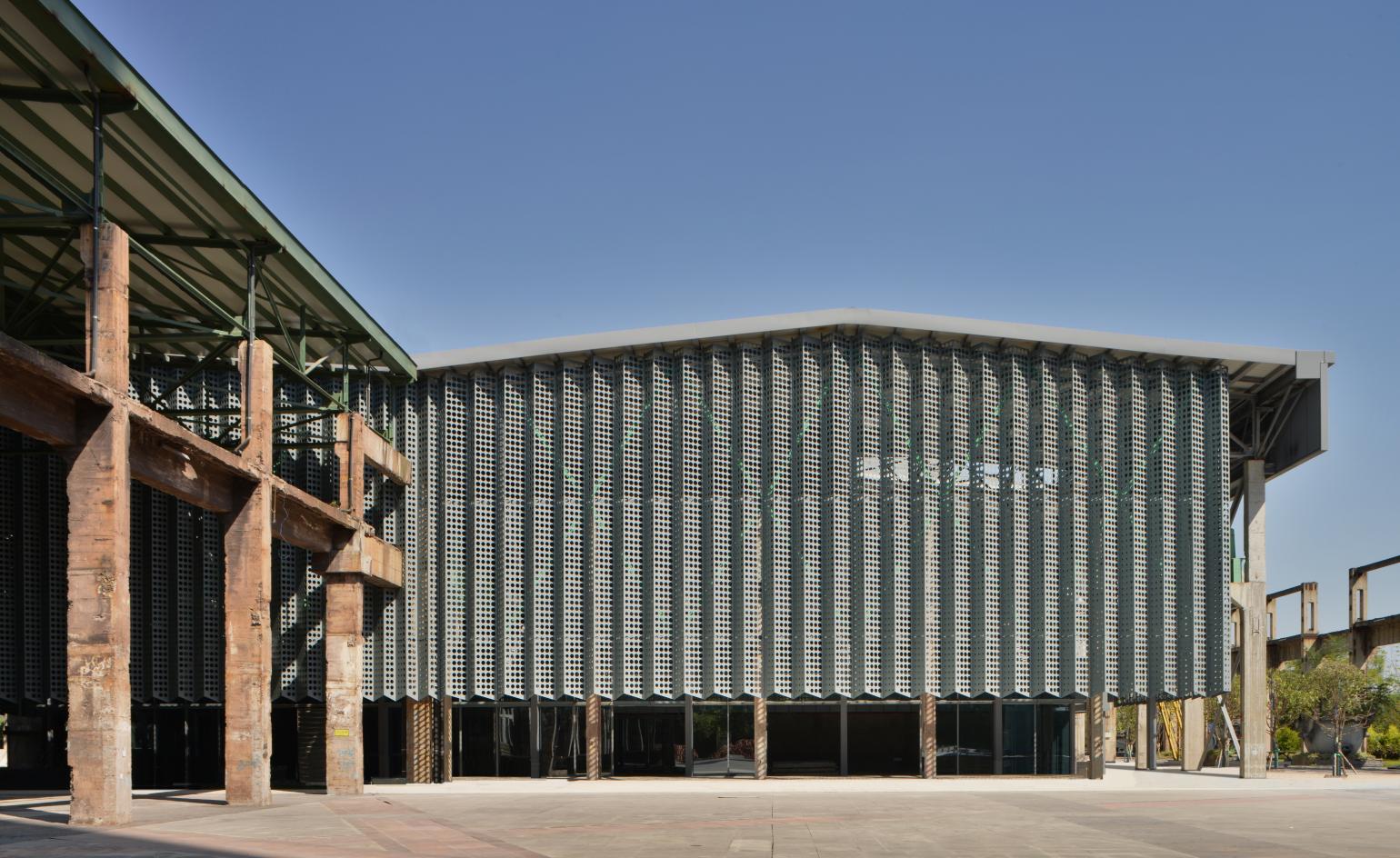
When the Chongqing Iron and Steel plant was inaugurated in the Chinese city in 1938, it represented an important highlight in both local pride and country-wide industrial strength (so much so, that it was visited and celebrated by Chairman Mao in the 1950s). However, as times changed and the city grew, the large scale site became defunct and abandoned, leaving a considerable chunk of town in neglect, as the complex, which originally was in the city's outskirts, now slowly became a central part of town as Chongqing's sprawl expanded in the 21st century. So, the city soon started looking into ideas to redevelop the site, while somehow maintaining its historical significance.
Enter emerging architecture practice WallaceLiu, headed by Jee Liu and Jamie Wallace, who were based in China at the time and now have relocated to London. The firm were appointed to transform the important industrial site into a new 7,500 sq m museum that highlights the steelworks' cultural, social and industrial history and is part of a larger redevelopment of the old factory campus. The project's scale was considerable, but the young studio responded with flair by taking the plunge and researching the city's heritage while exploring efficient ways to approach both materials and building techniques.
‘By working with adaptive re-use our design is about rearranging and reframing what is there, and in the case of the museum, accentuating the visual and spatial experience to purposefully make it more dramatic and more complex,' says Wallace. ‘Breaking down the exhibition journey into a series of spaces that travel through the existing structures and around the open public foundation hall invites visitors to explore and observe the existing features whilst completing their composed exhibition narrative.'
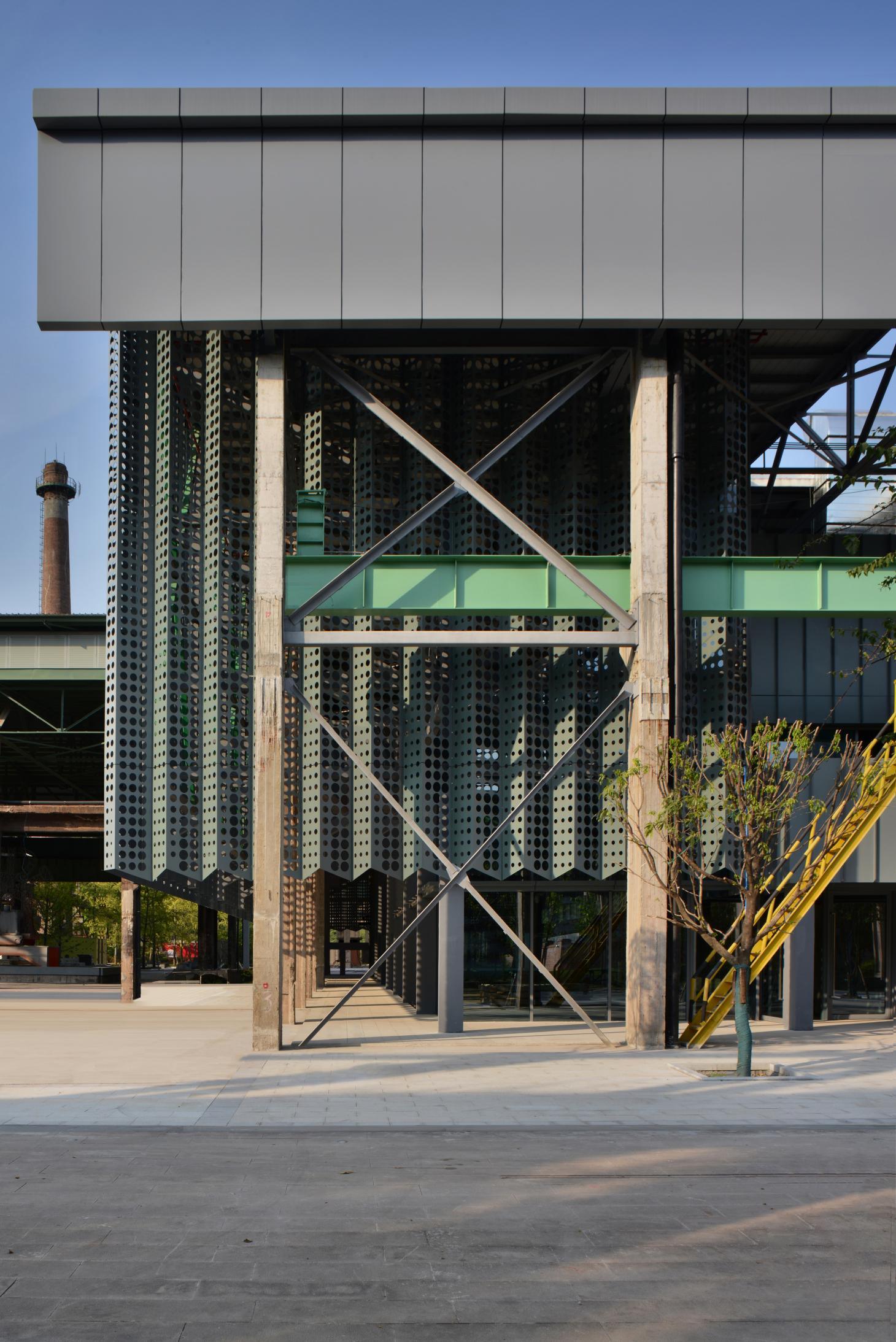
The result is a striking complex where old parts have been maintained, lovingly restored and highlighted, yet sit comfortably and in harmony with new elements that bring the museum to the 21st century. The architects kept the scale and grandeur of the original structures, while clearing it from hazardous parts and polishing the interior to make it suitable for display purposes.
The new structure creates a flowing indoors/outdoors relationship, while the new exhibition halls are lifted up and a trajectory is created through different halls and bridges across the site. A permeable, lightweight steel structure in carefully selected hues wraps around the building, uniting the whole. Inside, a central atrium hall, including cloakrooms, toilet facilities, bookshop and a projection room, becomes the heart of the visitor experience.
‘The materials and colours we chose, and the aesthetics of the large perforated metal curtains supported by tall truss-like structures, come from observations on site, and our intentional compositions with the ruin like post-industrial context,' says Liu. ‘We wanted to create a dynamic composition, layered edges, and the possibility of wandering. This allows the existing features of the old factory to play a foreground.'
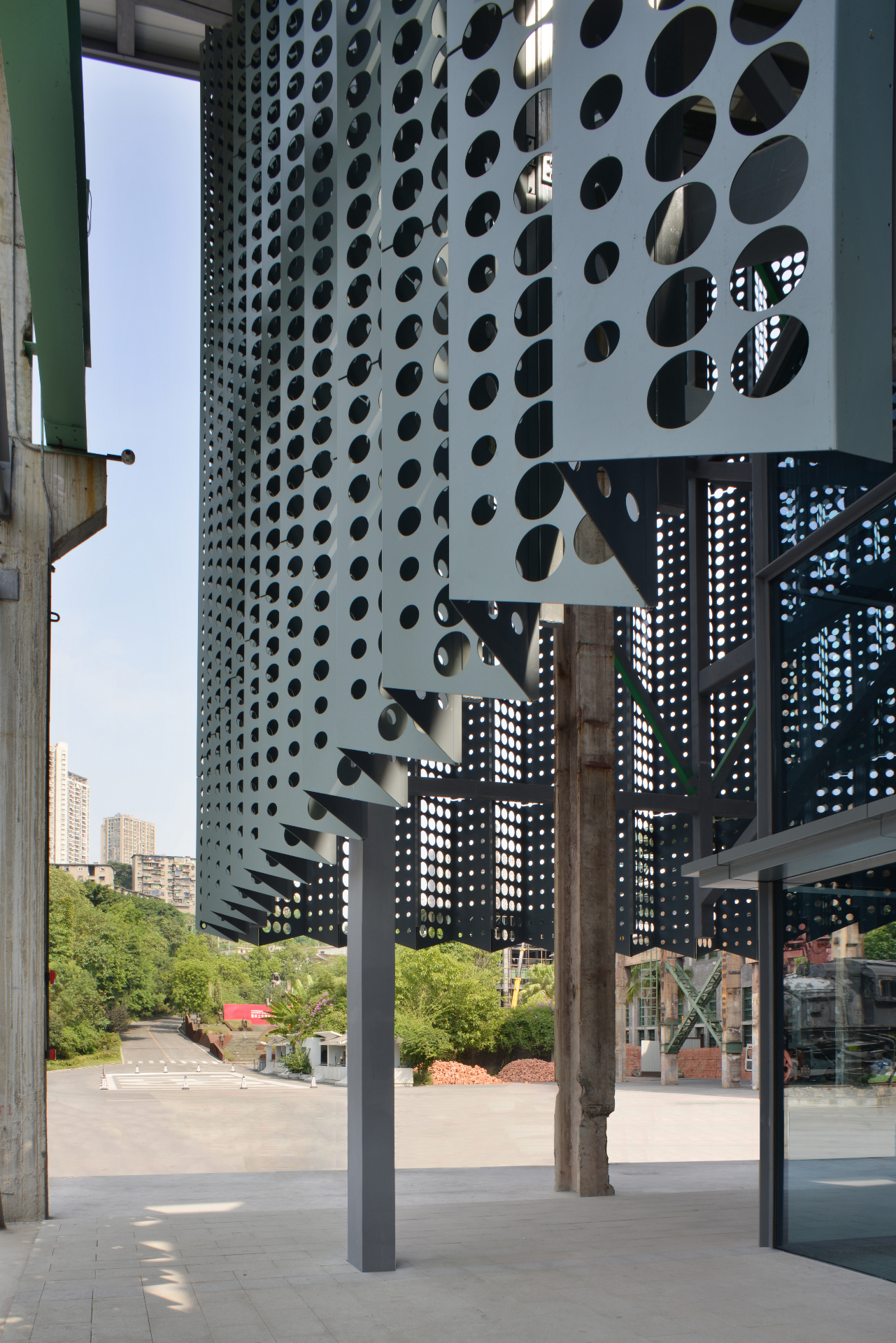
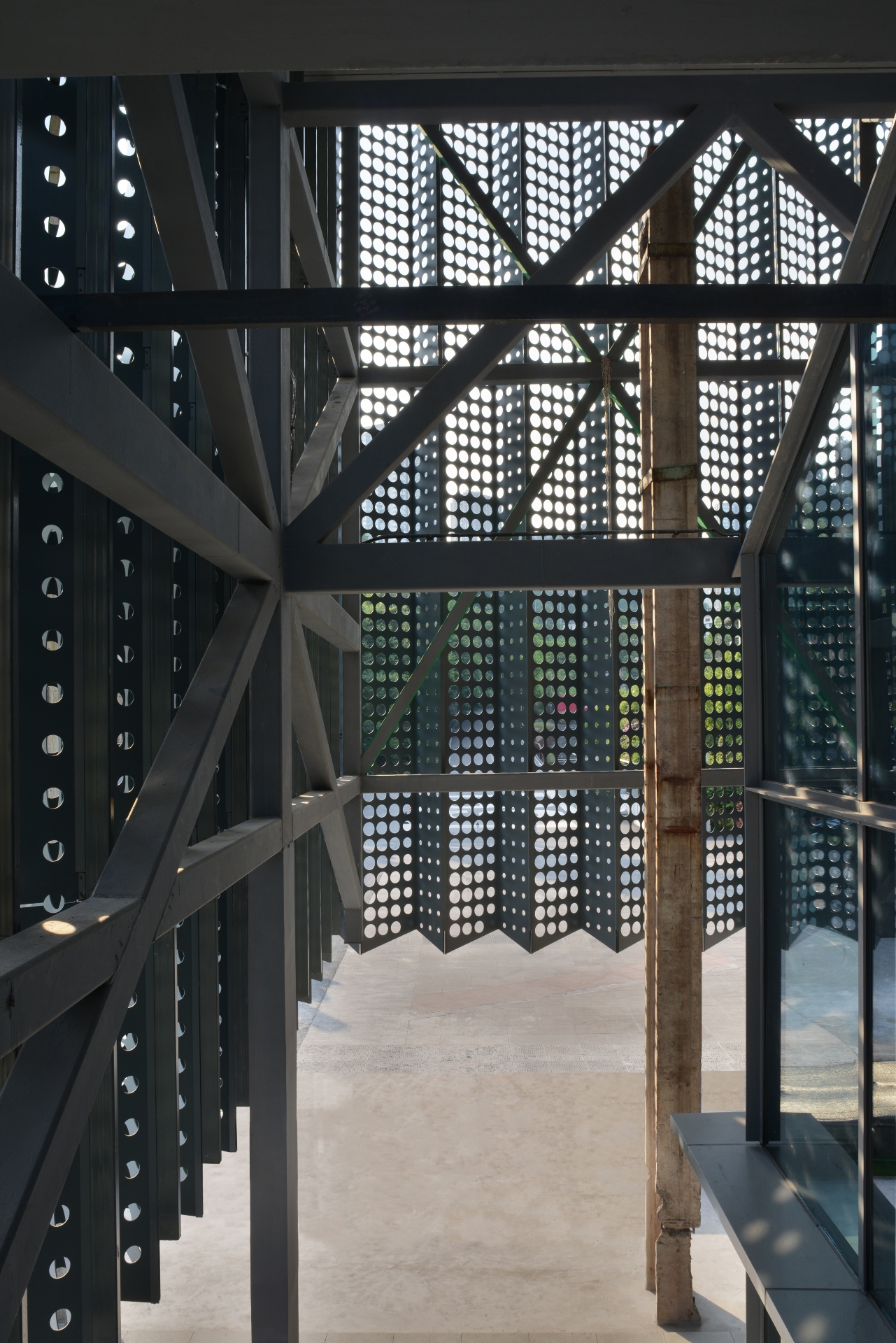
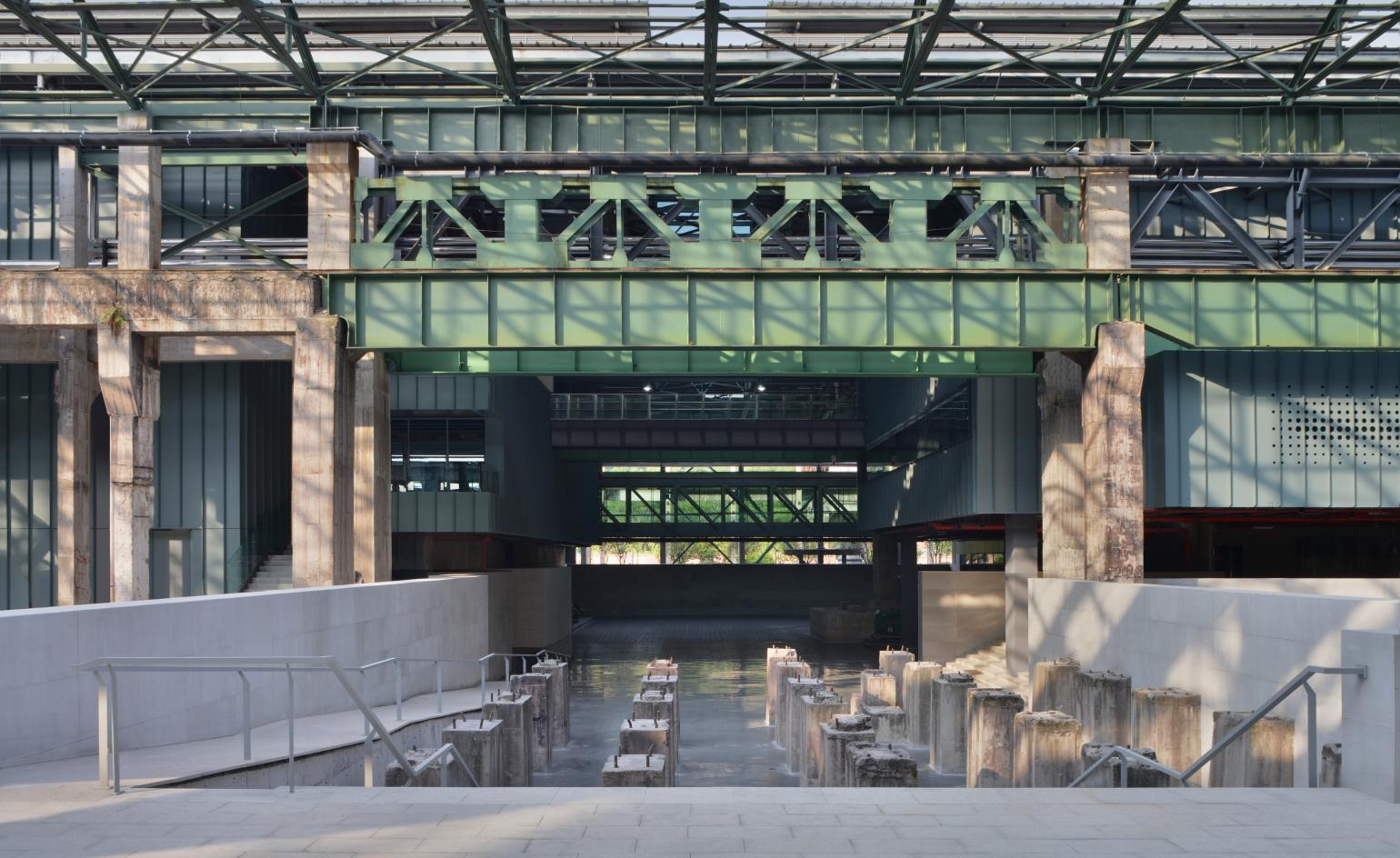
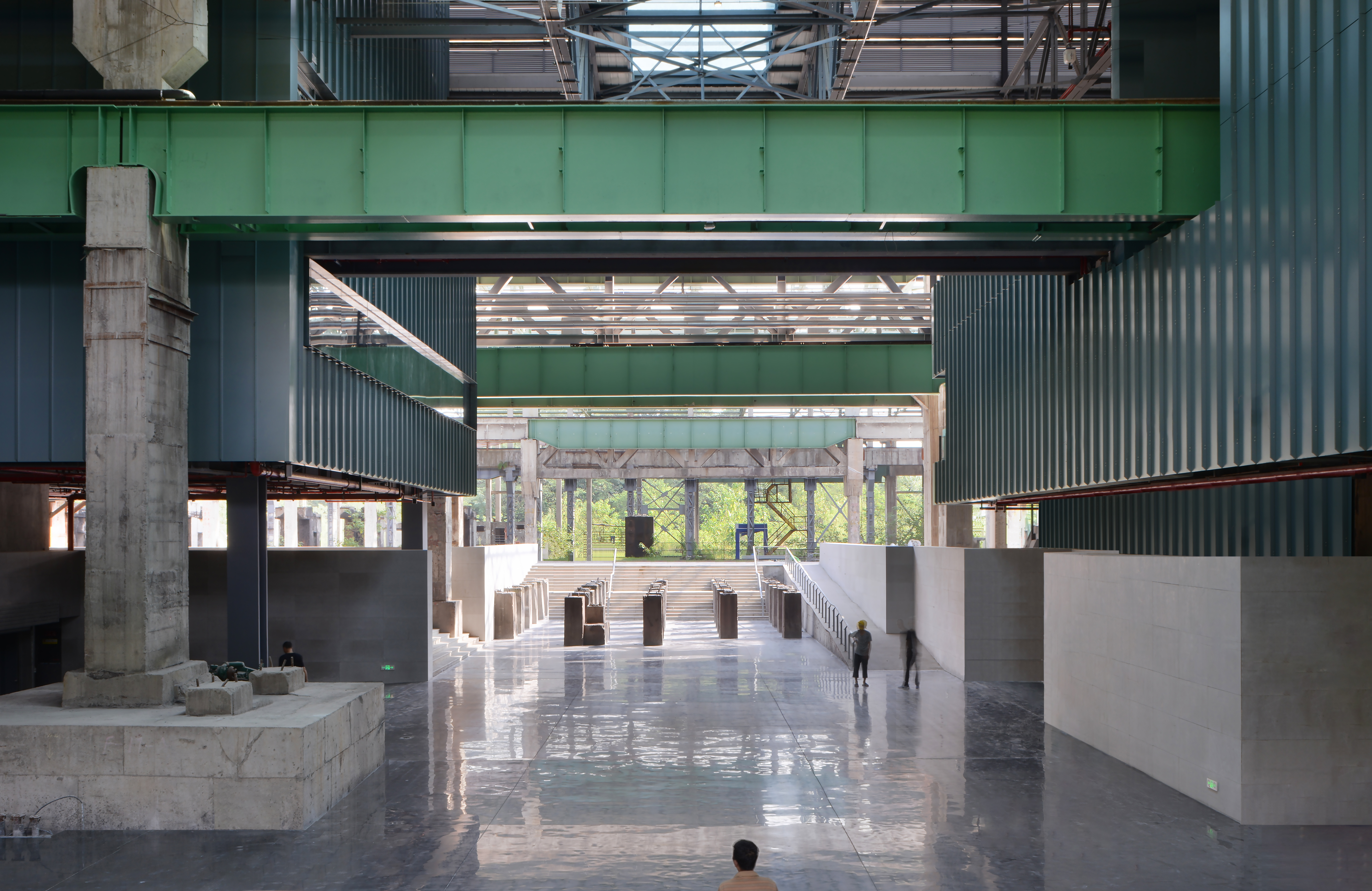
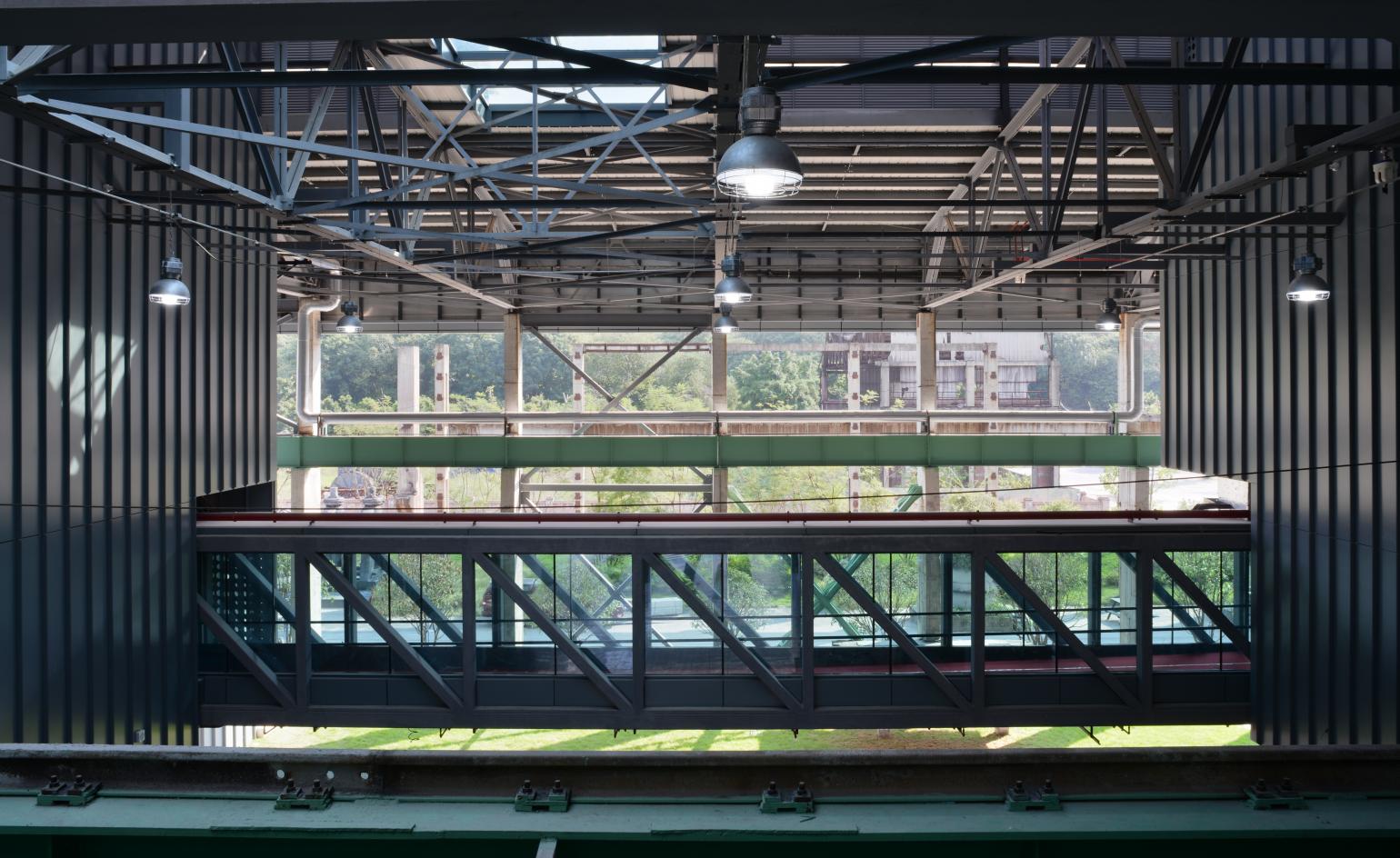
INFORMATION
Wallpaper* Newsletter
Receive our daily digest of inspiration, escapism and design stories from around the world direct to your inbox.
Ellie Stathaki is the Architecture & Environment Director at Wallpaper*. She trained as an architect at the Aristotle University of Thessaloniki in Greece and studied architectural history at the Bartlett in London. Now an established journalist, she has been a member of the Wallpaper* team since 2006, visiting buildings across the globe and interviewing leading architects such as Tadao Ando and Rem Koolhaas. Ellie has also taken part in judging panels, moderated events, curated shows and contributed in books, such as The Contemporary House (Thames & Hudson, 2018), Glenn Sestig Architecture Diary (2020) and House London (2022).
-
 Japan in Milan! See the highlights of Japanese design at Milan Design Week 2025
Japan in Milan! See the highlights of Japanese design at Milan Design Week 2025At Milan Design Week 2025 Japanese craftsmanship was a front runner with an array of projects in the spotlight. Here are some of our highlights
By Danielle Demetriou
-
 Tour the best contemporary tea houses around the world
Tour the best contemporary tea houses around the worldCelebrate the world’s most unique tea houses, from Melbourne to Stockholm, with a new book by Wallpaper’s Léa Teuscher
By Léa Teuscher
-
 ‘Humour is foundational’: artist Ella Kruglyanskaya on painting as a ‘highly questionable’ pursuit
‘Humour is foundational’: artist Ella Kruglyanskaya on painting as a ‘highly questionable’ pursuitElla Kruglyanskaya’s exhibition, ‘Shadows’ at Thomas Dane Gallery, is the first in a series of three this year, with openings in Basel and New York to follow
By Hannah Silver
-
 A Xingfa cement factory’s reimagining breathes new life into an abandoned industrial site
A Xingfa cement factory’s reimagining breathes new life into an abandoned industrial siteWe tour the Xingfa cement factory in China, where a redesign by landscape architecture firm SWA completely transforms an old industrial site into a lush park
By Daven Wu
-
 The Yale Center for British Art, Louis Kahn’s final project, glows anew after a two-year closure
The Yale Center for British Art, Louis Kahn’s final project, glows anew after a two-year closureAfter years of restoration, a modernist jewel and a treasure trove of British artwork can be seen in a whole new light
By Anna Fixsen
-
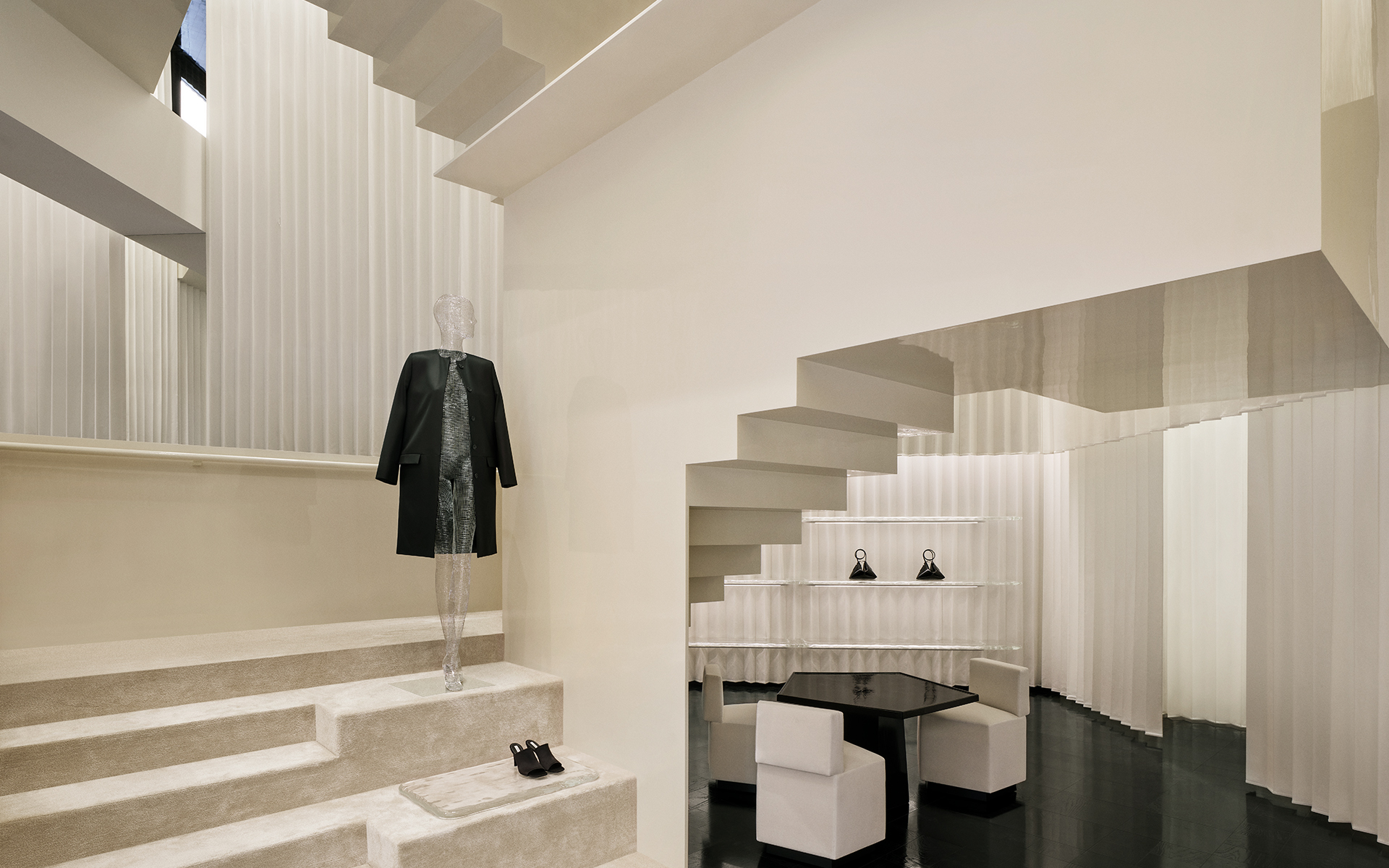 Bold, geometric minimalism rules at Toteme’s new store by Herzog & de Meuron in China
Bold, geometric minimalism rules at Toteme’s new store by Herzog & de Meuron in ChinaToteme launches a bold, monochromatic new store in Beijing – the brand’s first in China – created by Swiss architecture masters Herzog & de Meuron
By Ellie Stathaki
-
 The upcoming Zaha Hadid Architects projects set to transform the horizon
The upcoming Zaha Hadid Architects projects set to transform the horizonA peek at Zaha Hadid Architects’ future projects, which will comprise some of the most innovative and intriguing structures in the world
By Anna Solomon
-
 You’ll soon be able to get a sneak peek inside Peter Zumthor’s LACMA expansion
You’ll soon be able to get a sneak peek inside Peter Zumthor’s LACMA expansionBut you’ll still have to wait another year for the grand opening
By Anna Fixsen
-
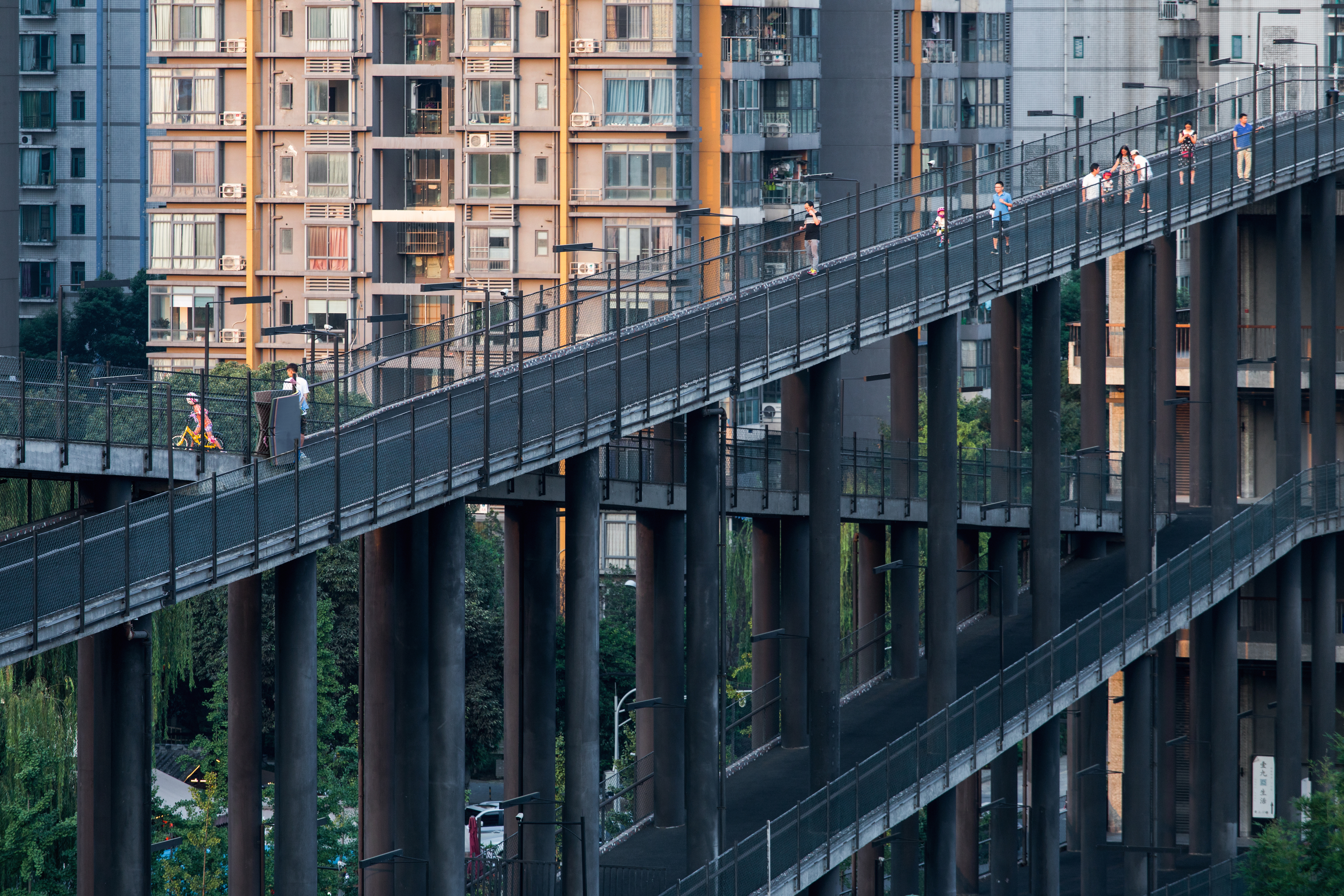 Liu Jiakun wins 2025 Pritzker Architecture Prize: explore the Chinese architect's work
Liu Jiakun wins 2025 Pritzker Architecture Prize: explore the Chinese architect's workLiu Jiakun, 2025 Pritzker Architecture Prize Laureate, is celebrated for his 'deep coherence', quality and transcendent architecture
By Ellie Stathaki
-
 NYC's The New Museum announces an OMA-designed extension
NYC's The New Museum announces an OMA-designed extensionOMA partners including Rem Koolhas and Shohei Shigematsu are designing a new building for Manhattan's only dedicated contemporary art museum
By Anna Solomon
-
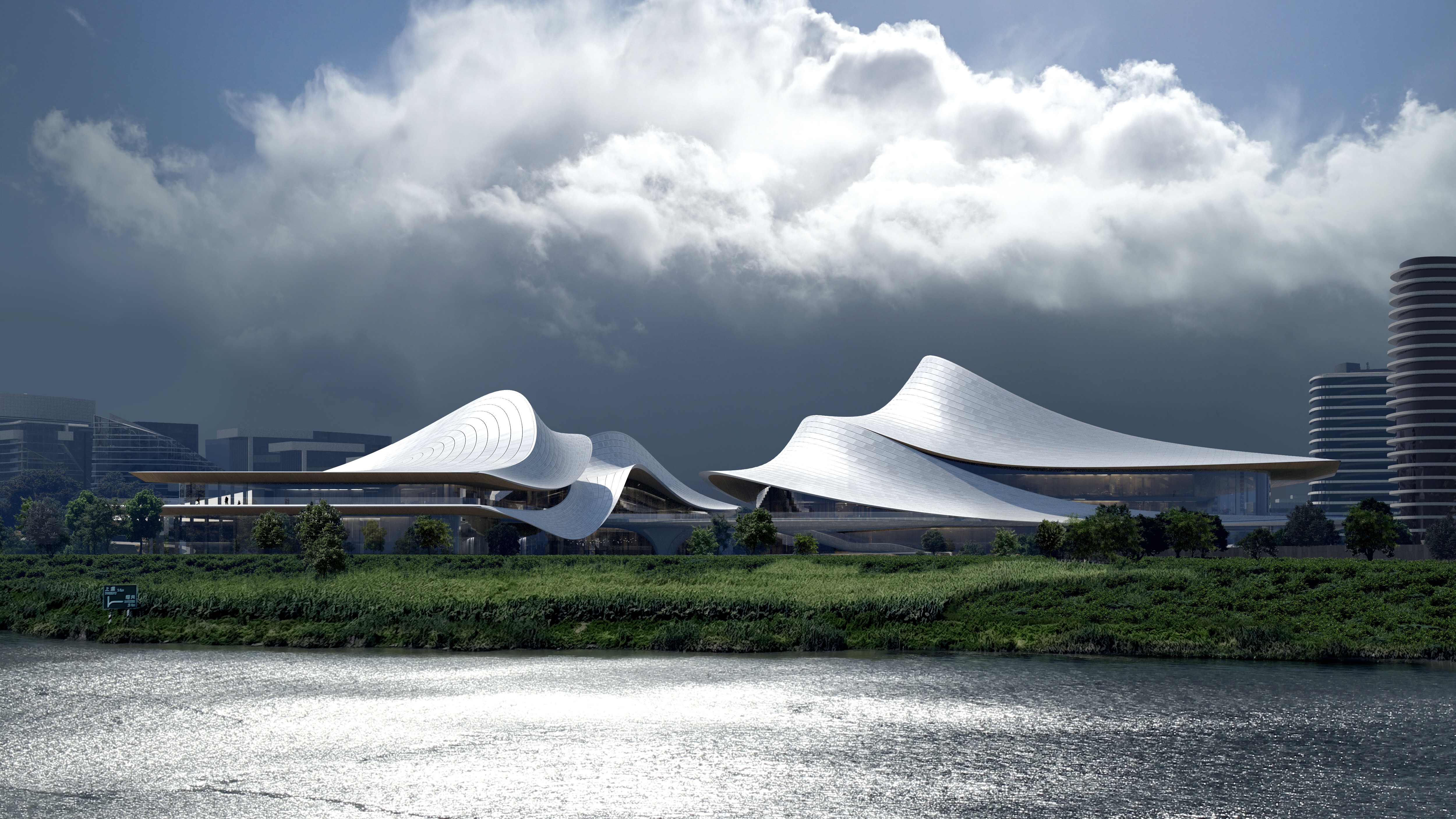 Zaha Hadid Architects reveals plans for a futuristic project in Shaoxing, China
Zaha Hadid Architects reveals plans for a futuristic project in Shaoxing, ChinaThe cultural and arts centre looks breathtakingly modern, but takes cues from the ancient history of Shaoxing
By Anna Solomon